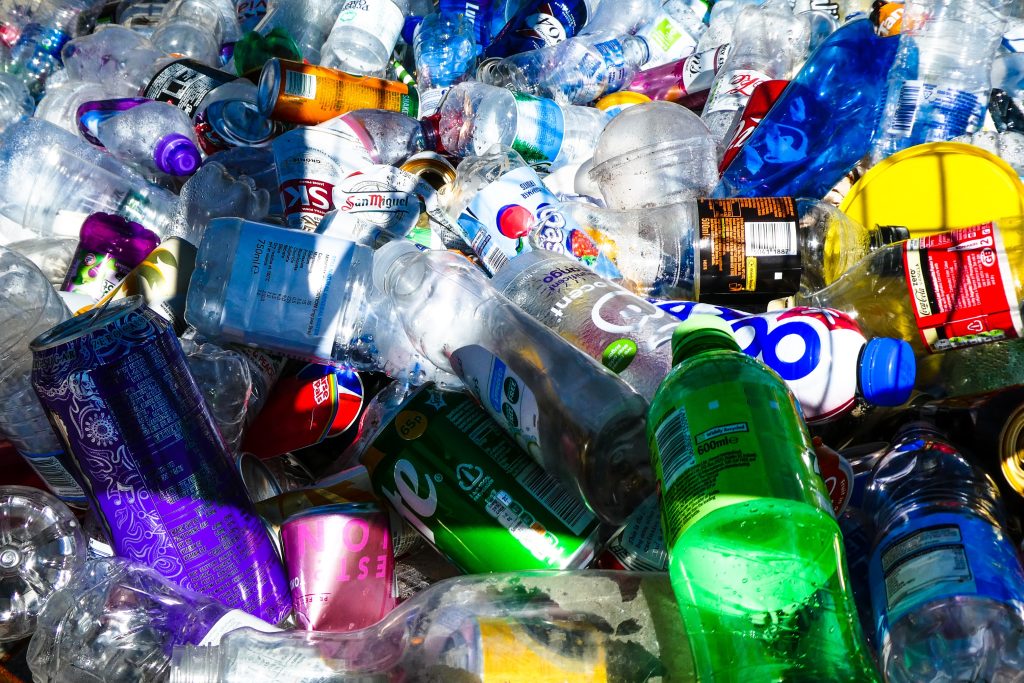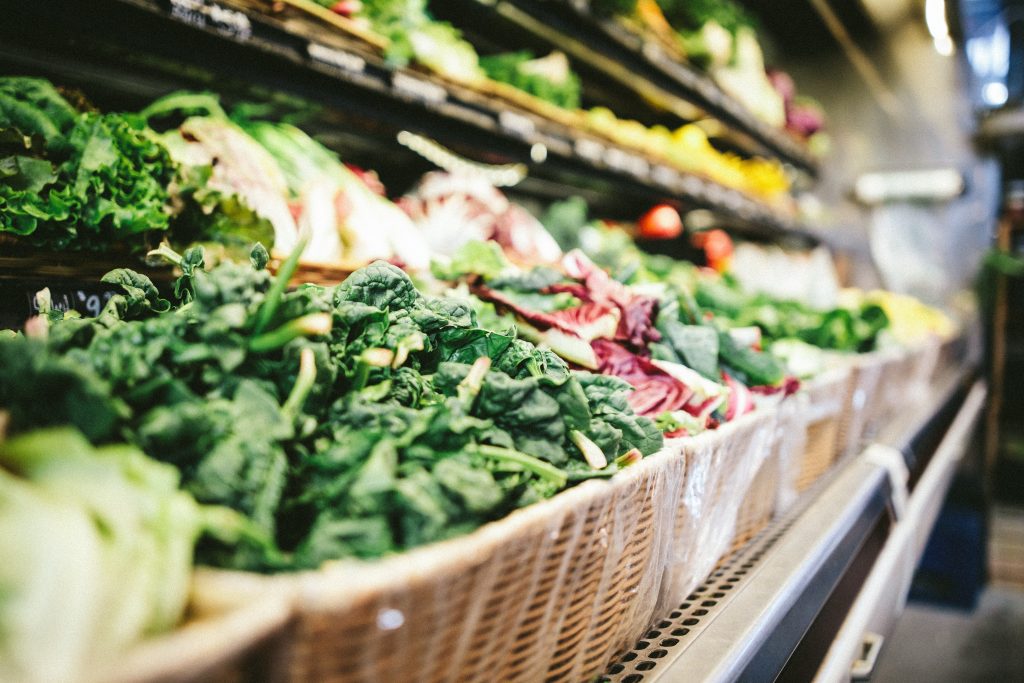Looming Aid Crisis: How Trump’s Return Could Reshape Nigeria’s Future

Donald Trump’s return to the White House has sent shockwaves across the global aid community, raising urgent concerns about the United States’ foreign assistance to Africa. With his administration already pushing aggressive “America First” policies, African nations, like Nigeria, face an uncertain future. If history repeats itself, Trump’s renewed cuts on international funding could unravel […]
Minimizing Your Environmental Impact While Traveling in Nigeria

Nigeria is a land of extraordinary beauty and biodiversity, with vibrant cities, lush rainforests, and diverse ecosystems. For nature lovers and adventurers, it offers a wealth of opportunities. That said, traveling responsibly is key to preserving the natural wonders and respecting local communities. So in this article, we’ll explore how to minimize your environmental impact […]
Sustainable Building Materials for Eco-Friendly Home Renovation

When it comes to home renovation, choosing sustainable building materials isn’t just a trend; it’s a responsible choice that can significantly reduce your environmental impact. Whether you’re planning a small upgrade or a major remodel, integrating eco-friendly materials into your project is a step towards a more sustainable and energy-efficient home. In this article, we’ll […]
Unlocking Creativity: Eco-Friendly Art Techniques with Recycled Materials

In today’s world, the concept of eco-friendliness has extended its reach into the realm of art. Artists, both seasoned and emerging, are increasingly turning to sustainable practices, giving birth to the fascinating world of eco-friendly art. This movement not only fosters creativity but also contributes to environmental sustainability by utilizing recycled materials and reducing waste. […]
Low LPG Uptake In Nigeria – IEA Report
Clean Cooking A report by the International Energy Agency in collaboration with the African Development Bank has stressed the need for clean cooking in Nigeria. The report called on the federal government to prioritize widespread adoption of Liquefied Petroleum Gas (LPG). The report titled, ‘A Vision for Clean Cooking Access for All’ maintained that LPG […]
Plastic Waste: 10 Effective Ways To Reduce It In Your Kitchen

Plastic waste has become a pressing environmental concern, and one area where we can make a significant impact is in our kitchens. By adopting simple yet effective practices, we can reduce plastic use and contribute to a healthier planet. In this article, we’ll explore ten practical ways to reduce plastic waste in your kitchen. 1. […]
Zero Waste Grocery Shopping

Adopting a zero-waste lifestyle has become increasingly important in today’s society as environmental concerns grow. A fundamental component of this lifestyle is developing a zero-waste grocery shopping routine. You can reduce waste, save money, and contribute to a more sustainable future by making deliberate decisions and using simple tactics. This article will lead you through […]
How to keep the Environment Clean

“How to keep the environment clean” as a topic is nothing short of a necessity. It is common knowledge that unclean and filthy surroundings can breed disease-causing microorganisms galore. However, we all seemed to have learned to turn deaf ears to anyone who mentions cleanliness out of sheer hopelessness. A wise man once said, “Cleanliness […]
Nigeria And Carbon Credit

The next few years will be important in the development of Nigeria and Carbon Credit. Due to the increased number of large industries, combustible fossil fuels such as coal, power plant gas, oil, vehicles in Nigeria, the emission of carbon dioxide and other greenhouse gases has become alarming. Carbon dioxide is a harmful gas to […]
Why Ventilation is essential

Have you ever wondered why ventilation is essential? Ventilation is the provision and circulation of fresh air across a room. It is a process that either supplies air into space or removes air from space by natural or mechanical means. Considering that our lives depend on the intake of air. The quality of the air […]
